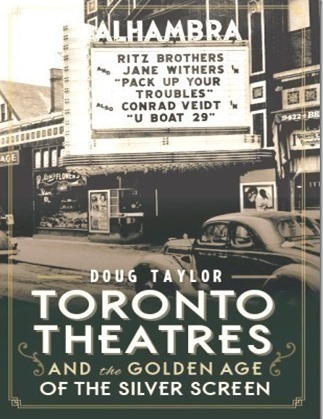Viewing this photo of Spadina Avenue, with its bustling retail shops, set amid modern and 19th-century buildings, it is difficult to visualize it as a quiet rural avenue that extended through land recently reclaimed from the heavily wooded forests of Upper Canada. The creator of the wide avenue that today we call Spadina was Dr. William Warren Baldwin. His wife Phoebe and his sister-in-law, Marie Willcocks (nee Baldwin), owned the land. The sisters had inherited the property from their cousin, Elizabeth Russell, sister of Peter Russell. However, it was Baldwin, in his capacity as adviser to the two women, who originated the idea for a grand avenue extending through the property. Dr. Henry Scadding, in his book “Toronto of Old,” stated that the width of the roadway was to be 160 feet throughout its mile-and-a-half course. However, it was actually 132 feet. Construction on the avenue commenced in 1815.
In the early decades of the nineteenth century, the portion of Spadina south of Queen Street was named Brock Street, after Sir Isaac Brock, killed at the Battle of Queenston Heights. Spadina commenced at Queen Street and extended as far north a Bloor. As the 19th-century progressed, modest homes were constructed along the street. They were cottage-like in appearance, and possessed small kitchen gardens, since these families were living a considerable beyond the boundaries of the town of York. It was huddled close to the lake, and to the east of where Spadina Avenue exits today. In the modern era, It is difficult to think of the area around Spadina as being remote, as it is now in the heart of the city.
This sketch, drawn from memory by R. L. Mulligan, depicts Spadina Avenue as Mulligan remembered it in his boyhood days, in the mid-1860s. At that time, there were only a few scattered houses along the avenue, surrounded by open land. The section of the street that is today named Spadina Circle, contained market gardens. In the bottom, right-hand side of the sketch is an open area (common), employed for training and reviewing the militia.
Artist’s painting of the troops being reviewed on the military common on the site of the present-day southeast corner of Spadina and College Streets.
This section of Spadina is between St. Patrick Street (Dundas Street West) and St. Andrews.
Spadina Avenue in 1870, south of College Street, looking north. The brick building in the background, which is under construction, is on the northwest corner of College and Spadina, the site of the future Waverley Hotel.
Close-up view of the northwest corner of College and Spadina in 1870.
Home on the west side of Spadina in 1885, between Dundas Street and the alleyway named Glen Baillie Place.
Horse-drawn streetcar on Spadina Avenue in 1890. By this decade, many fine homes had been built on the avenue, one of them seen in the background.
Northwest corner of College and Spadina in 1895, and one of the first electric streetcars in Toronto. Building in the background was the YMCA, which later was the first building occupied by the Waverley Hotel.
Looking north on Spadina at College Street c. 1915.
Today, the Spadina Avenue that Baldwin created has many Asian and fusion restaurants that are enjoyed by tourists and residents from all over the city. The sketches and photographs in this post are from the collection of the Toronto Reference Library, except for the final photograph, which is from the City of Toronto Archives.
To view the Home Page for this blog: https://tayloronhistory.com/
Links to other posts about the history of Toronto and its buildings:
https://tayloronhistory.com/2013/10/08/links-to-historic-architecture-of-torontotayloronhistory-com/
Links to posts about Toronto’s movie houses—past and present.
https://tayloronhistory.com/2013/10/09/links-to-toronto-old-movie-housestayloronhistory-com/
Recent publication entitled “Toronto’s Theatres and the Golden Age of the Silver Screen,” by the author of this blog. The publication explores 50 of Toronto’s old theatres and contains over 80 archival photographs of the facades, marquees and interiors of the theatres. It also relates anecdotes and stories from those who experienced these grand old movie houses.
To place an order for this book:
Theatres Included in the Book
Chapter One – The Early Years—Nickelodeons and the First Theatres in Toronto
Theatorium (Red Mill) Theatre—Toronto’s First Movie Experience and First Permanent Movie Theatre, Auditorium (Avenue, PIckford), Colonial Theatre (the Bay), thePhotodome, Revue Theatre, Picture Palace (Royal George), Big Nickel (National, Rio), Madison Theatre (Midtown, Capri, Eden, Bloor Cinema, Bloor Street Hot Docs), Theatre Without a Name (Pastime, Prince Edward, Fox)
Chapter Two – The Great Movie Palaces – The End of the Nickelodeons
Loew’s Yonge Street (Elgin/Winter Garden), Shea’s Hippodrome, The Allen (Tivoli), Pantages (Imperial, Imperial Six, Ed Mirvish), Loew’s Uptown
Chapter Three – Smaller Theatres in the pre-1920s and 1920s
Oakwood, Broadway, Carlton on Parliament Street, Victory on Yonge Street (Embassy, Astor, Showcase, Federal, New Yorker, Panasonic), Allan’s Danforth (Century, Titania, Music Hall), Parkdale, Alhambra (Baronet, Eve), St. Clair, Standard (Strand, Victory, Golden Harvest), Palace, Bedford (Park), Hudson (Mount Pleasant), Belsize (Crest, Regent), Runnymede
Chapter Four – Theatres During the 1930s, the Great Depression
Grant ,Hollywood, Oriole (Cinema, International Cinema), Eglinton, Casino, Radio City, Paramount, Scarboro, Paradise (Eve’s Paradise), State (Bloordale), Colony, Bellevue (Lux, Elektra, Lido), Kingsway, Pylon (Royal, Golden Princess), Metro
Chapter Five – Theatres in the 1940s – The Second World War and the Post-War Years
University, Odeon Fairlawn, Vaughan, Odeon Danforth, Glendale, Odeon Hyland, Nortown, Willow, Downtown, Odeon Carlton, Donlands, Biltmore, Odeon Humber, Town Cinema
Chapter Six – The 1950s Theatres
Savoy (Coronet), Westwood
Chapter Seven – Cineplex and Multi-screen Complexes
Cineplex Eaton Centre, Cineplex Odeon Varsity, Scotiabank Cineplex, Dundas Square Cineplex, The Bell Lightbox (TIFF)
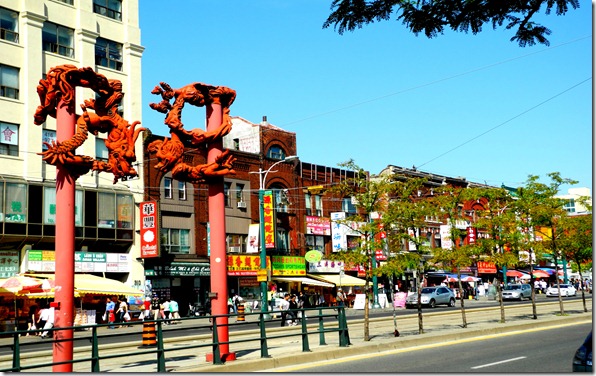
![pictures-r-149[1] Tor. Ref. pictures-r-149[1] Tor. Ref.](https://tayloronhistory.com/wp-content/uploads/2013/01/pictures-r-1491-tor-ref-_thumb.jpg)
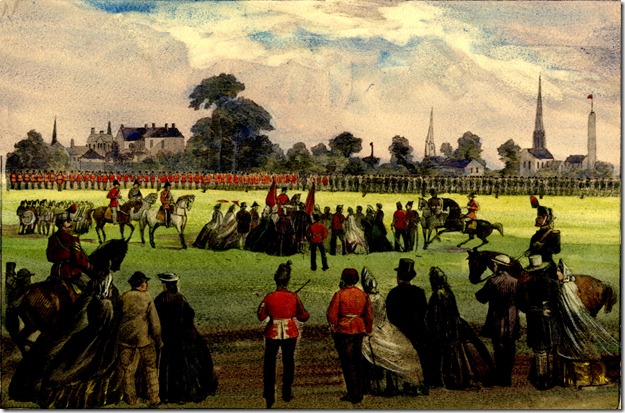
![pictures-r-389[1] Tor. Ref. Lib pictures-r-389[1] Tor. Ref. Lib](https://tayloronhistory.com/wp-content/uploads/2013/01/pictures-r-3891-tor-ref-lib_thumb.jpg)
![pictures-r-5375[1] pictures-r-5375[1]](https://tayloronhistory.com/wp-content/uploads/2013/01/pictures-r-53751_thumb.jpg)
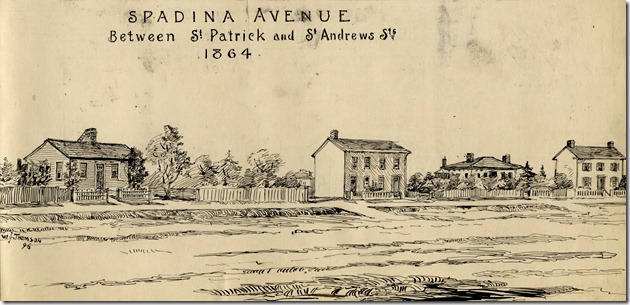
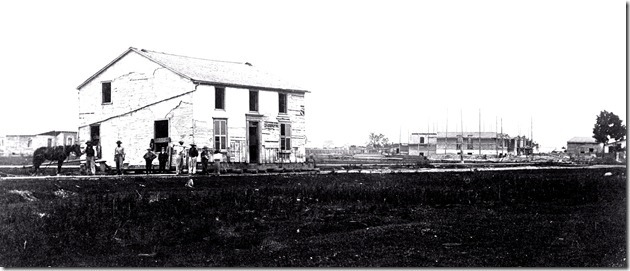
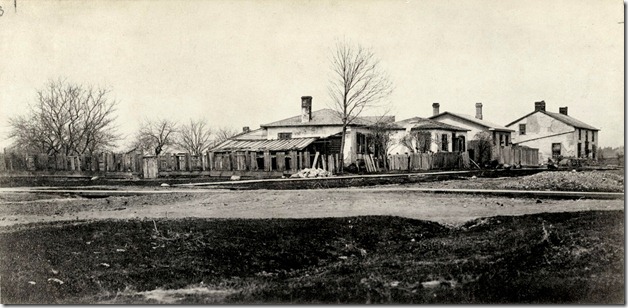
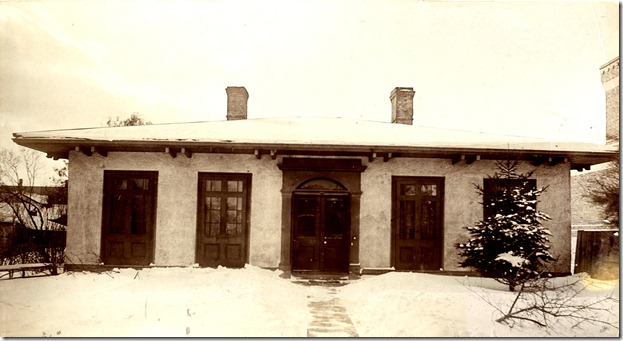
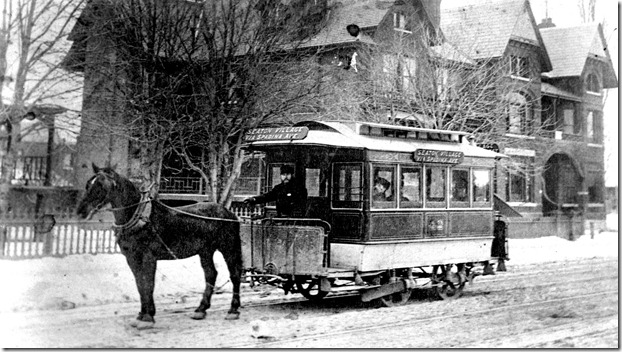
![pictures-r-149[1] Tor. Ref. pictures-r-149[1] Tor. Ref.](https://tayloronhistory.com/wp-content/uploads/2013/01/pictures-r-1491-tor-ref-_thumb1.jpg)
![f1231_it4203[1] f1231_it4203[1]](https://tayloronhistory.com/wp-content/uploads/2013/01/f1231_it42031_thumb.jpg)
